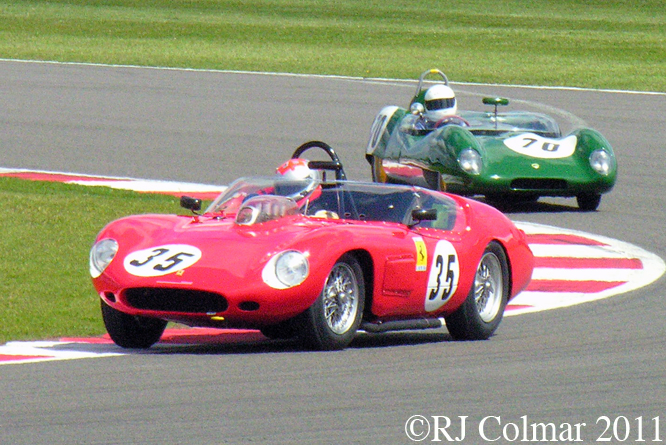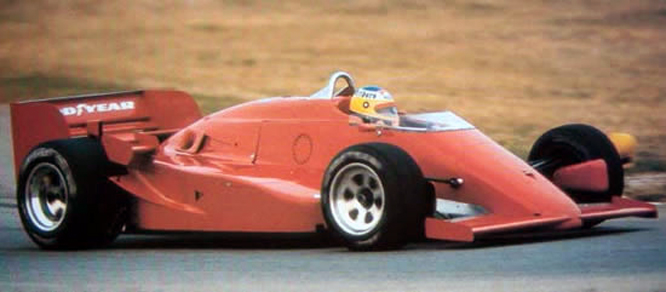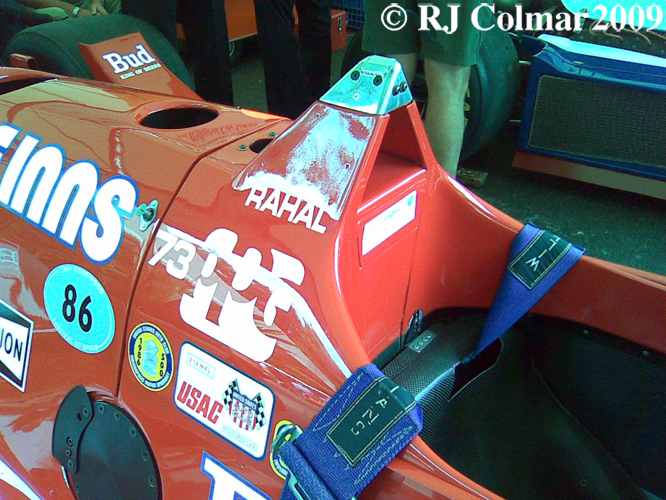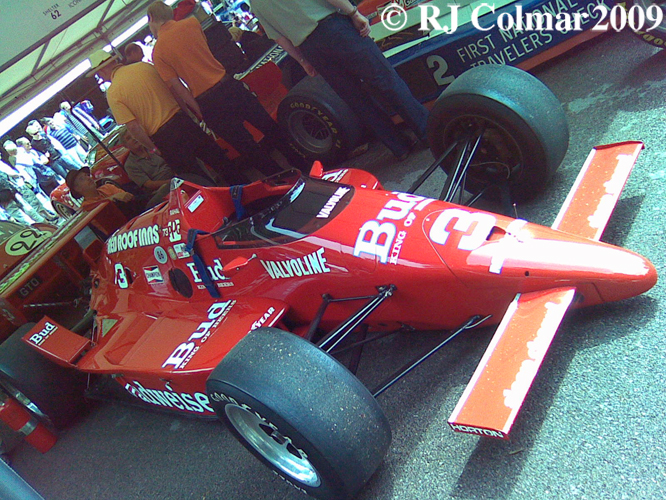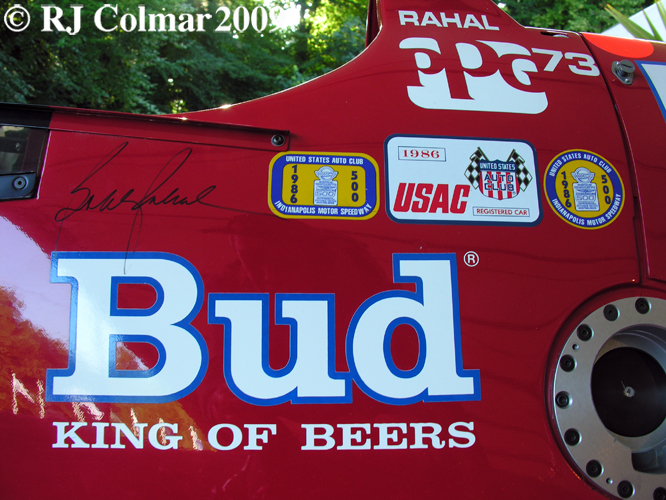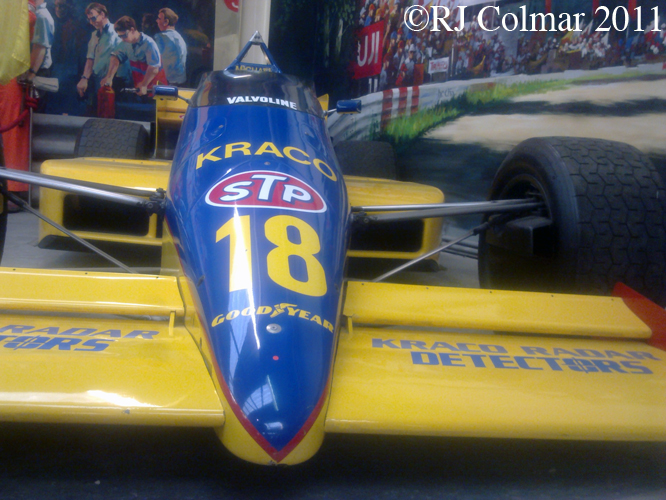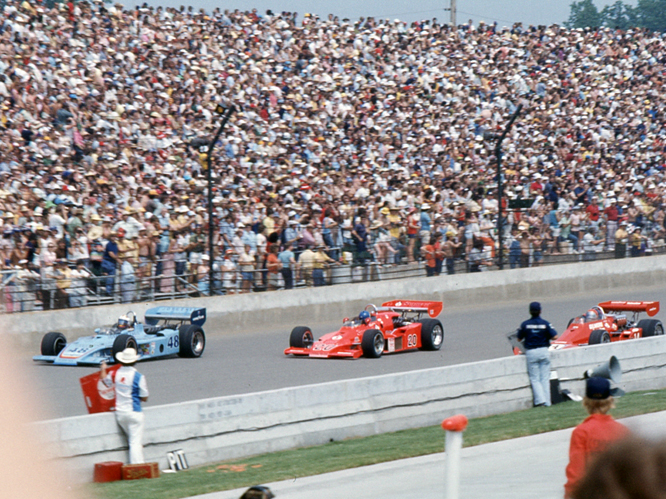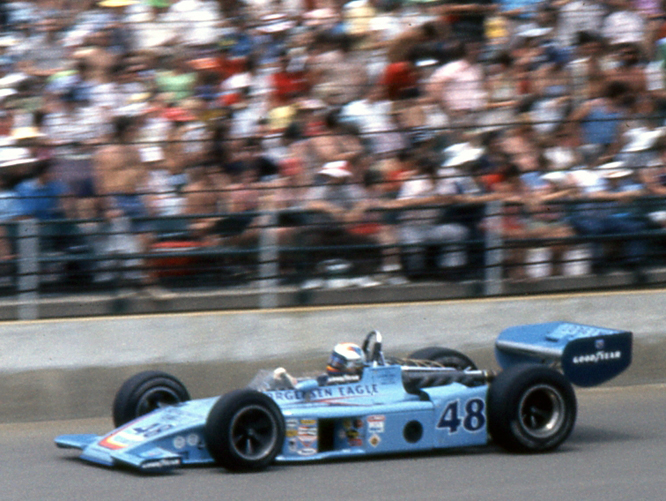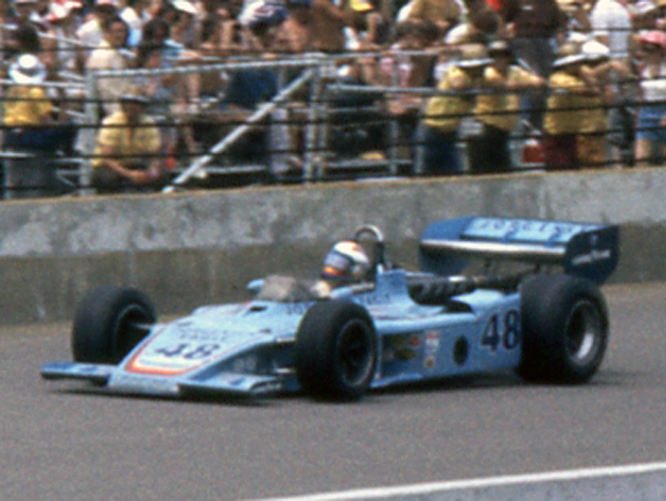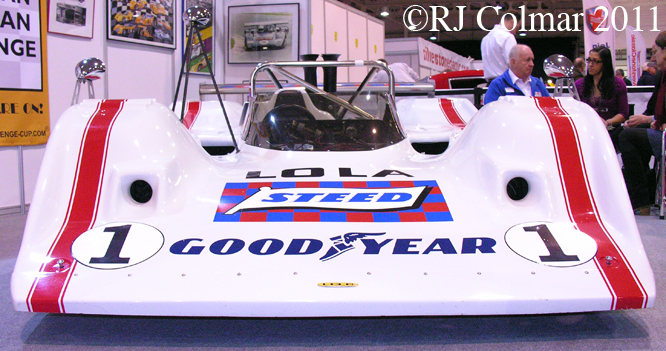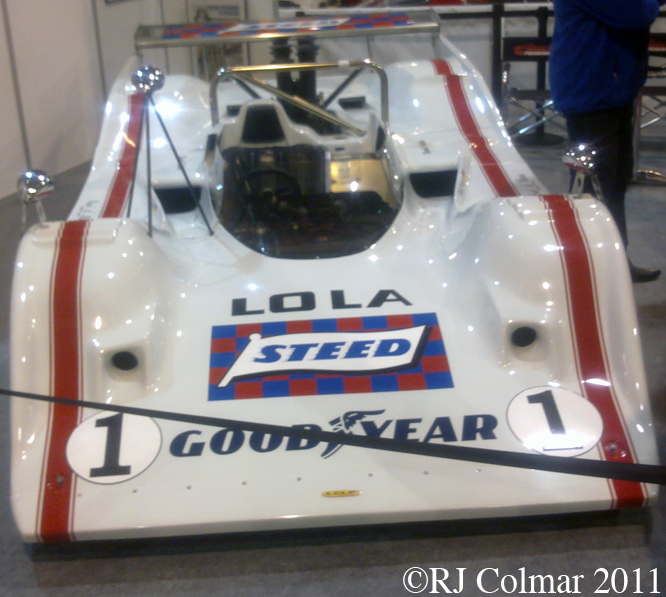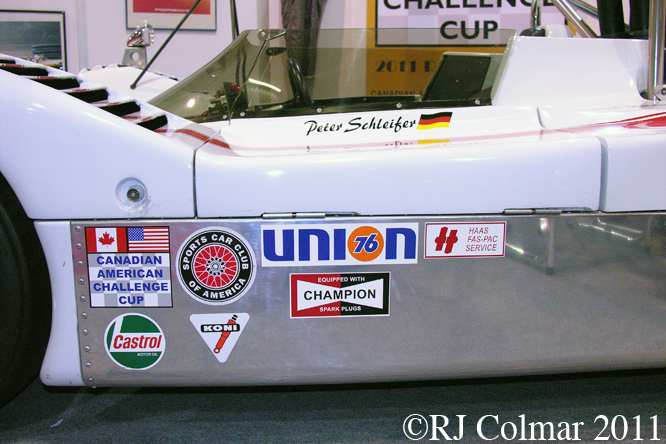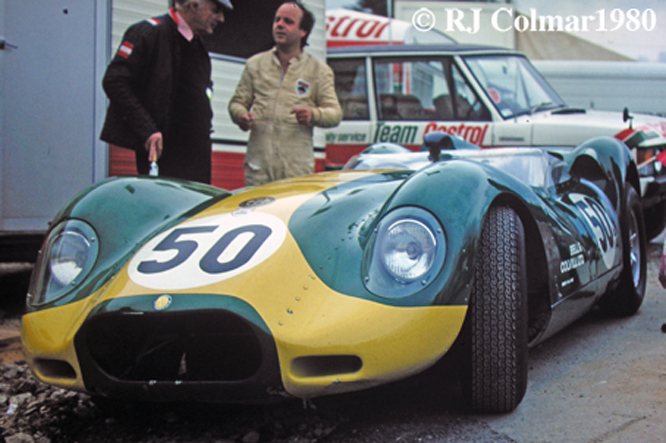Last week on Americana Thursday I looked at a ’62 Buick Electra 225 that was supplied new by Deal in Asheville NC this weeks 1983 Buick Regal Short Track Cup car was built in the Asheville suburb of Arden NC by legendary stock car builder Edwin Keith “Banjo” Mathews.
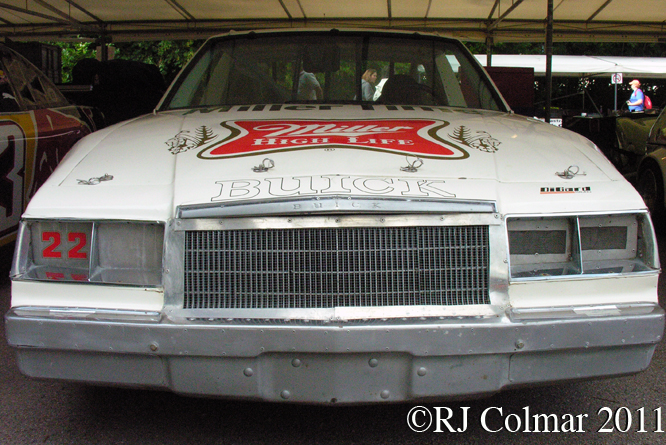
Banjo Matthews originally from Akron Ohio turned building stock cars into an artform so successfully that from 1974 through 1985 cars built at his Banjo’s Performance Center won 262 to out 362 Winston Cup races a staggering 72 % success record which included sweeping the entire 30 race 1978 season.
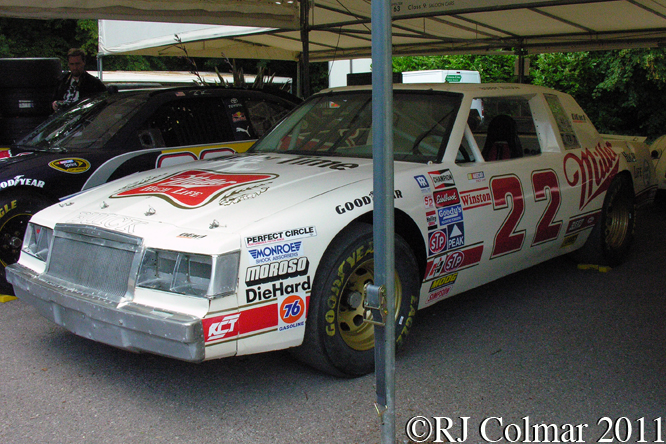
As an owner Banjo Matthews won 9 races from a 160 starts which included three Firecracker 400 victories at Daytona with Fireball Roberts, AJ Foyt and Donny Allison but his forte was building successful cars he is quoted as saying “I get my kicks, and so do my employees, from how well cars that we have built perform and the satisfaction they bring to the customers. That’s all the recognition I care about.”
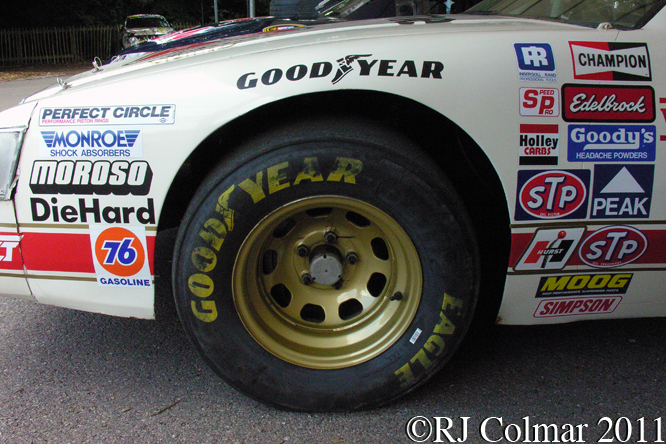
After establishing his business in 1970 Cale Yarbrough drove cars built by Banjo to three consecutive Cup Championships. The car seen today is a short track spec Cup car that Bobby Allison drove in his 1983 Championship winning season.
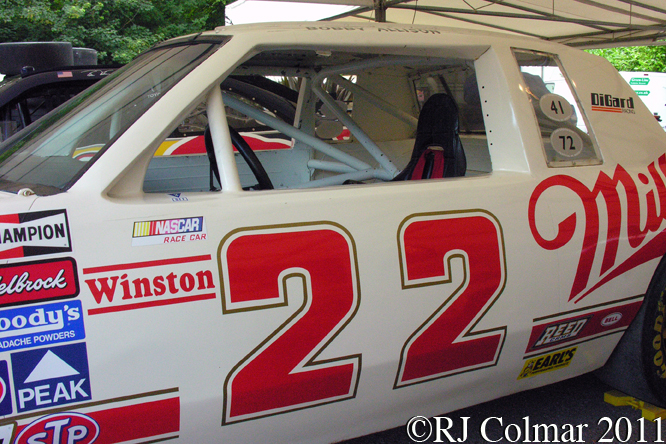
Bobby scored six wins that season including sweeping the Cup races at Richmond, and Dover along with a single win at Darlington and a long track win at Pocono on his way to beating Darrell Waltrip to the 1988 championship by 47 points.
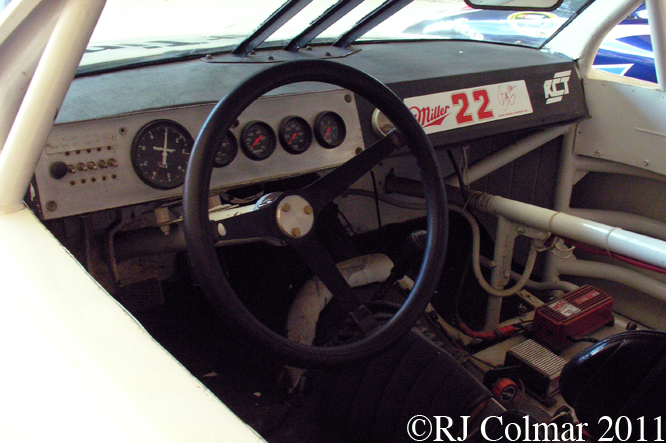
Bobby Allison ran 718 Cup races from 1961 to 1988 when his career was cut short after a near fatal accident Pocono. Bobby Officially won 84 Cup race, two further wins unofficially remain disputed, placing him 4th equal in the all time winners list with Darrel Waltrip. Bobby had two sons Clifford who died while practicing for a Busch race at Michigan in 1992 and Davey who died in a helicopter crash at Talladega the following year. Sadly Bobby now aged 75, has no memory of beating his son Davey for his last Cup victory in the 1988 Daytona 500.
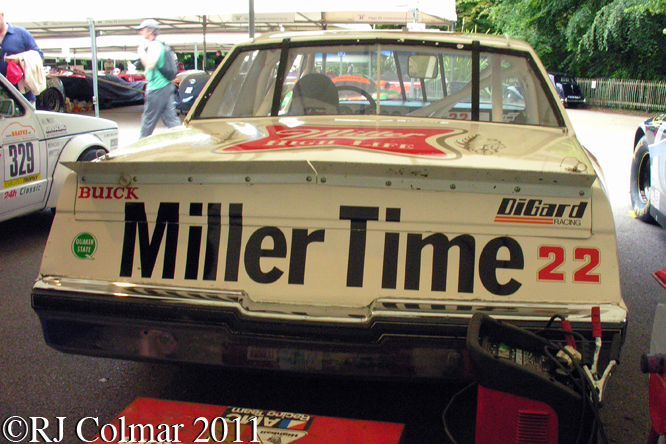
Banjo Matthews, who was himself an accomplished wheel man having raced flat head Fords without headers in order to get ten more horsepower and scored a career best 2nd at Atlanta from 50 Cup starts, is reckoned to have built over 750 race cars and looked after hundreds more which were raced in Cup, Limited Sportsman, Modified and IROC stock cars. His friend Smokey Yunnick referred to Banjo as the Henry Ford of racing cars and placed him in the top 25 influential founding fathers of the sport for his largely selfless contribution to the success of so many others.
Banjo succumbed to illness, possibly as a result of fume inhalation from those headerless flat head Fords, aged just 64 in October 1996, Banjo’s Performance Centre is now run by his son.
Thanks for joining me of this “Built In Arden NC” edition of “Gettin’ a li’l psycho on tyres” I hope you will join me again tomorrow. Don’t forget to come back now !


